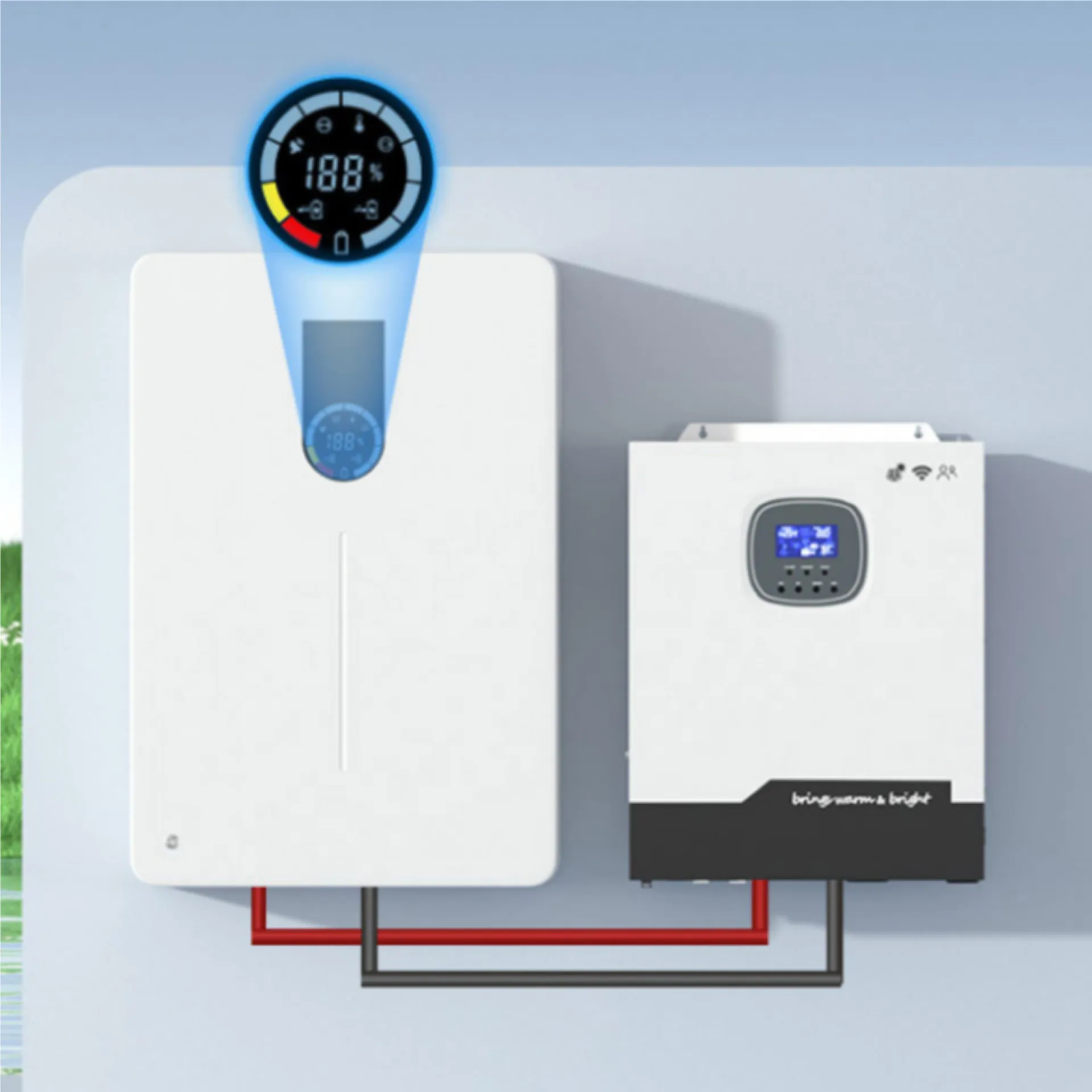solar panel tilt efficiency
Understanding Solar Panel Tilt Efficiency Maximizing Energy Production
Solar energy has emerged as one of the most viable and sustainable energy sources in the modern world. As global concerns about climate change and fossil fuel depletion rise, harnessing solar energy effectively has become a priority. A critical aspect of optimizing solar energy collection is the tilt efficiency of solar panels, which significantly influences the amount of energy these panels can produce.
The Importance of Tilt in Solar Energy Collection
Solar panels convert sunlight into electricity, and their efficiency is directly affected by the angle at which sunlight strikes their surface. When solar panels are aligned perpendicular to the sun's rays, they can capture the maximum amount of energy. Conversely, when the angle of incidence is less than optimal, energy absorption decreases. This phenomenon is crucial as the sun's position changes throughout the day and varies with the seasons.
Solar Panel Tilt Fixed vs. Adjustable
Solar panels can be installed either at a fixed angle or on adjustable mounting systems. Fixed installations are simpler and often cheaper, but they may not be positioned at the optimal angle for energy capture throughout the year. Adjustable systems can be modified to follow the sun’s trajectory, increasing energy efficiency. However, these systems come with higher initial costs and maintenance challenges.
Optimal Tilt Angle
Determining the best tilt angle for solar panels is a crucial step for maximizing efficiency
. The optimal angle depends on various factors, including geographical location, time of year, and specific energy needs.For instance, in general, the optimal tilt angle for solar panels is often estimated to be around 30 to 45 degrees. However, it can vary based on latitude. For locations closer to the equator, a lower tilt angle may be more effective, while places at higher latitudes may benefit from a steeper angle.
solar panel tilt efficiency

To find the optimal tilt angle, a common rule of thumb is to set the angle equal to the latitude of the installation site. Additionally, adjustments can be made seasonally tilting panels more steeply in winter when the sun is lower in the sky, and less steeply in summer when the sun is higher.
Seasonal Variations and Tracking Systems
One of the most effective ways to optimize solar panel tilt efficiency is through the use of solar trackers. These systems can adjust the angle of solar panels in real-time, following the sun's path across the sky. By doing so, they can increase energy output significantly—by 20-50% compared to fixed systems.
There are two main types of solar trackers single-axis and dual-axis. Single-axis trackers move along one axis, usually oriented North to South. This allows them to follow the sun's movement from East to West. Dual-axis trackers can move along both horizontal and vertical axes, providing more precise angle adjustments throughout the day. While these systems can be more expensive and complex, the increased energy yield can often justify the investment.
Economic Considerations
While managing tilt efficiency can enhance solar energy collection, it is essential to weigh the benefits against the costs. Fixed installations require less initial investment and maintenance, making them attractive for residential and commercial use. On the other hand, adjustable mounts and tracking systems may be more advantageous for large-scale installations where maximizing energy production is paramount.
Furthermore, the payback period for solar installations can vary based on local electricity rates, government incentives, and available space. Investors should conduct a thorough cost-benefit analysis to determine the best approach for their specific situations.
Conclusion
In conclusion, tilt efficiency plays a crucial role in the performance of solar panels. Understanding the optimal angles for various conditions and utilizing advanced tracking systems can lead to significant improvements in energy yield. As technology continues to evolve, the implementation of efficient solar energy systems will become increasingly impactful in the global shift towards renewable energy. By optimizing solar panel tilt efficiency, we not only maximize energy production but also contribute to a more sustainable future.
-
Unlocking Energy Freedom with the Off Grid Solar InverterNewsJun.06,2025
-
Unlock More Solar Power with a High-Efficiency Bifacial Solar PanelNewsJun.06,2025
-
Power Your Future with High-Efficiency Monocrystalline Solar PanelsNewsJun.06,2025
-
Next-Gen Solar Power Starts with Micro Solar InvertersNewsJun.06,2025
-
Harnessing Peak Efficiency with the On Grid Solar InverterNewsJun.06,2025
-
Discover Unmatched Efficiency with the Latest String Solar InverterNewsJun.06,2025







